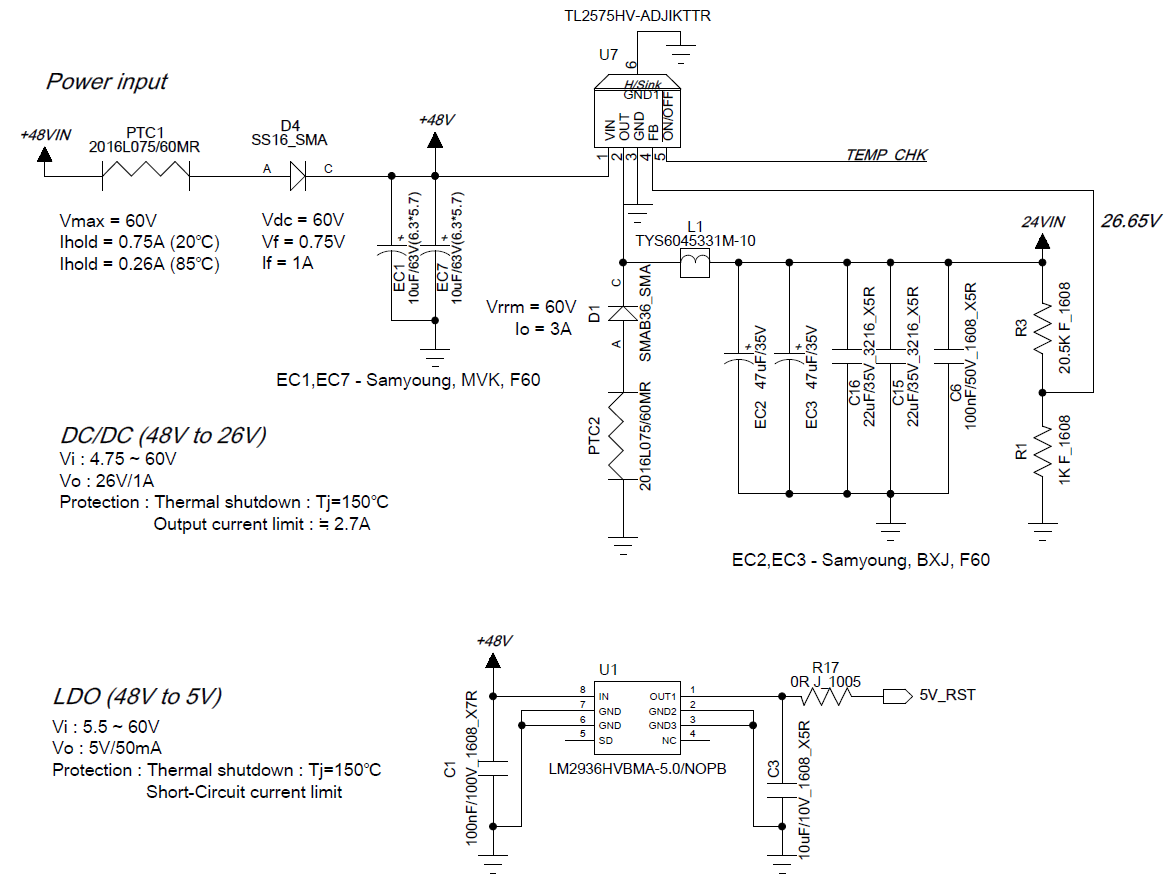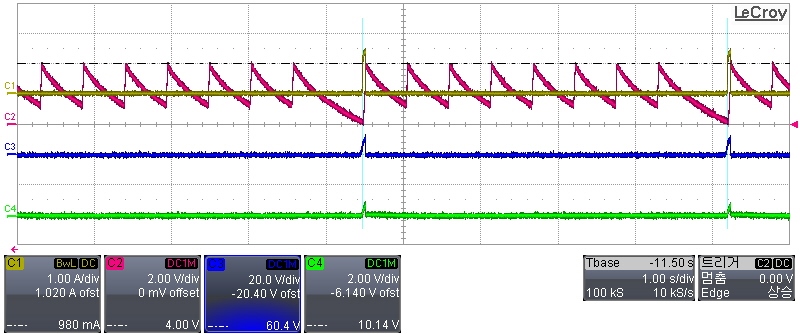Other Parts Discussed in Thread: MSP430FR5739
Hi TI expert,
Can not communicate I2C with LM5066I.
In the link below, the LM5066I is that the default setting is SMbus. Do LM5066I have any requirements for I2C communication?

Please give me an email address if you need to check the schematic. In the circuit diagram, SCL and SDA pull up are connected to external 5V.
Thanks,
Downey Kim.



